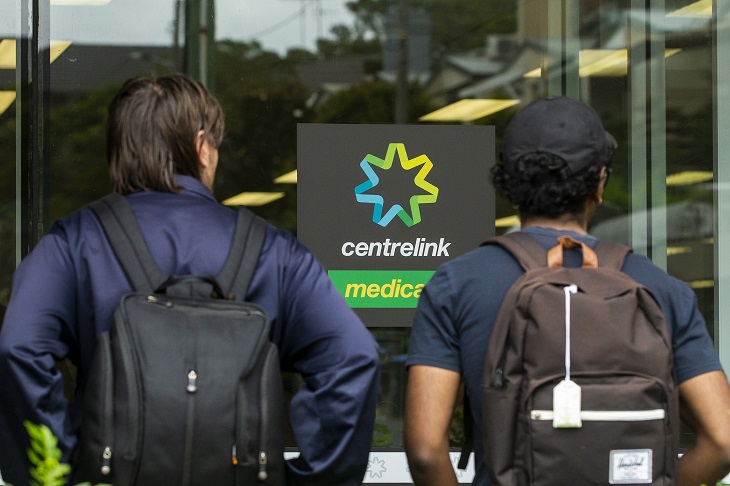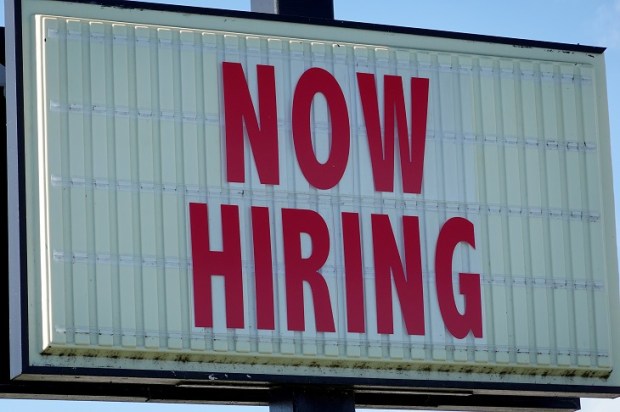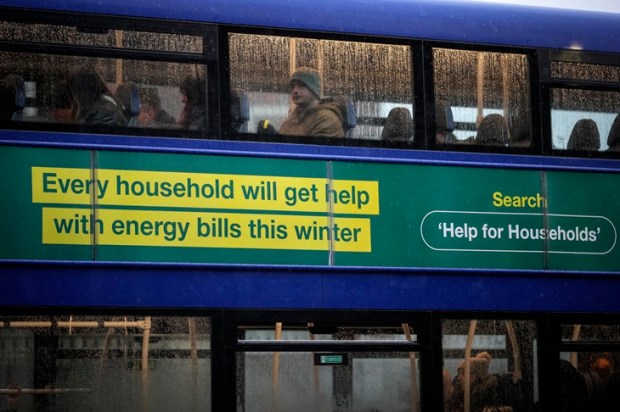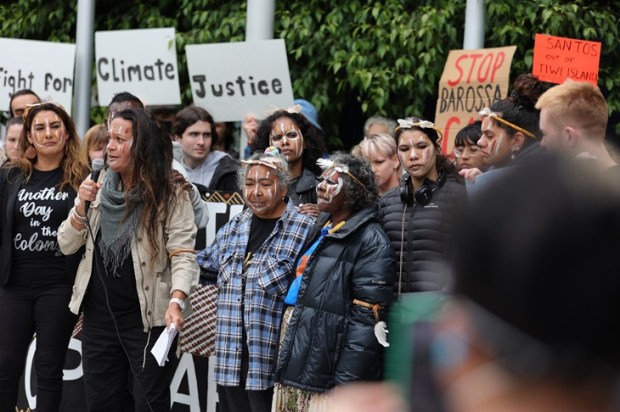It has become clear since the release of the federal government’s much-touted Employment White Paper that there is no comprehensive plan to properly achieve ‘full employment’ or resolve Australia’s entrenched worker shortage crisis.
Australia has been experiencing a worker shortage crisis for over two years – with job vacancies being above 350,000 since May 2021.
Economic analysis by the Institute of Public Affairs found this level of job vacancies is costing Australians $32 billion in foregone wages, and the federal government $7 billion in foregone income tax every year.
The White Paper devotes significant space to explaining how it will incentivise Australians to enter the workforce in order to fill employment gaps as part of the goal to achieve full employment. However, many of the policy prescriptions are either already in place or have proven ineffective in the past.
It must be said the Treasurer’s announcement that the government will introduce legislation to permanently increase the amount Australian pensioners and veterans can earn before they start to lose 50 cents on the dollar in benefits, is welcome. Pension work bonus rules that see pensioners and veterans face an effective marginal tax rate of 69 per cent, after as little as a day and a half’s work each week, is a significant barrier to unlocking this potential pool of workers.
This permanent increase follows the temporary reforms legislated late last year. Unfortunately, these minor changes, whilst a positive step in the right direction, have failed to achieve the results required. Since this minor reform was enacted, pensioner participation has increased by only 0.2 per cent, and job vacancies remain 72 per cent above the pre-Covid level.
This is not because pensioners do not want to work. Leading surveys have indicated that one in five pensioners would re-enter the workforce if these tax barriers were removed. Moreover, studies point to the critical importance of work to self-esteem, social inclusion, and a sense of dignity and self-worth.
So, it is concerning that today only 3 per cent of pensioners in Australia work, compared with approximately 25 per cent in New Zealand, where age pensioners and veterans do not lose any of the welfare payments once they re-enter the workforce. They simply pay income tax like all other workers, which is sensible and fair.
There are up to half a million experienced and motivated Australians who would consider re-entering the workforce. Yet the obstacles to getting them into workplaces are rigid and complex.
The White Paper also failed to mention the tax and red tape barriers that Australian students face.
Currently, an Australian student on the youth allowance faces an effective marginal tax rate of 79 per cent once they earn over $288 per week, approximately two days of work on the minimum wage. This barrier to work is a major reason why only 40 per cent of this cohort work, compared with almost three-quarters of all working-age Australians. Blocking students’ access to work denies them valuable experience and represents extraordinary short-sightedness on the part of government.
Worryingly, the Employment White Paper makes it clear that the government intends to persist with its lazy policy of unsustainable and unplanned migration, involving an expected intake of more than 1.7 million people, to fill the gaps in the jobs market. IPA research has found that this will create a housing shortage of 252,000 homes over the next five years.
Australia is, and has been for decades, a tolerant and welcoming country, and there is no question about how critical migration has been to our social and economic wellbeing, especially since the second world war. The current issue is, however, the apparent lack of planning and foresight on behalf of the federal government.
Australians are rightfully asking how it is logical that governments can commit to a record expansion in migration while failing to offer any plan to house them.
Australians want worker shortage gaps to be filled without placing further stress on our infrastructure. IPA polling has found that 70 per cent of Australians believe pensioners, veterans, and students should receive first preference for Australian jobs rather than new migrants and 60 per cent want a pause in migration until infrastructure and housing can catch up.
We need to adopt the solutions that exist in our own backyard; unfortunately the Employment White Paper doesn’t seek to do this.
The federal government should remove all unfair red tape and tax barriers facing Australian pensioners, veterans, and students. Achieving full employment is impossible while more than half a million potential workers are locked out of the workforce.
Saxon Davidson is a Research Fellow at the Institute of Public Affairs
Got something to add? Join the discussion and comment below.
Get 10 issues for just $10
Subscribe to The Spectator Australia today for the next 10 magazine issues, plus full online access, for just $10.


























Comments
Don't miss out
Join the conversation with other Spectator Australia readers. Subscribe to leave a comment.
SUBSCRIBEAlready a subscriber? Log in